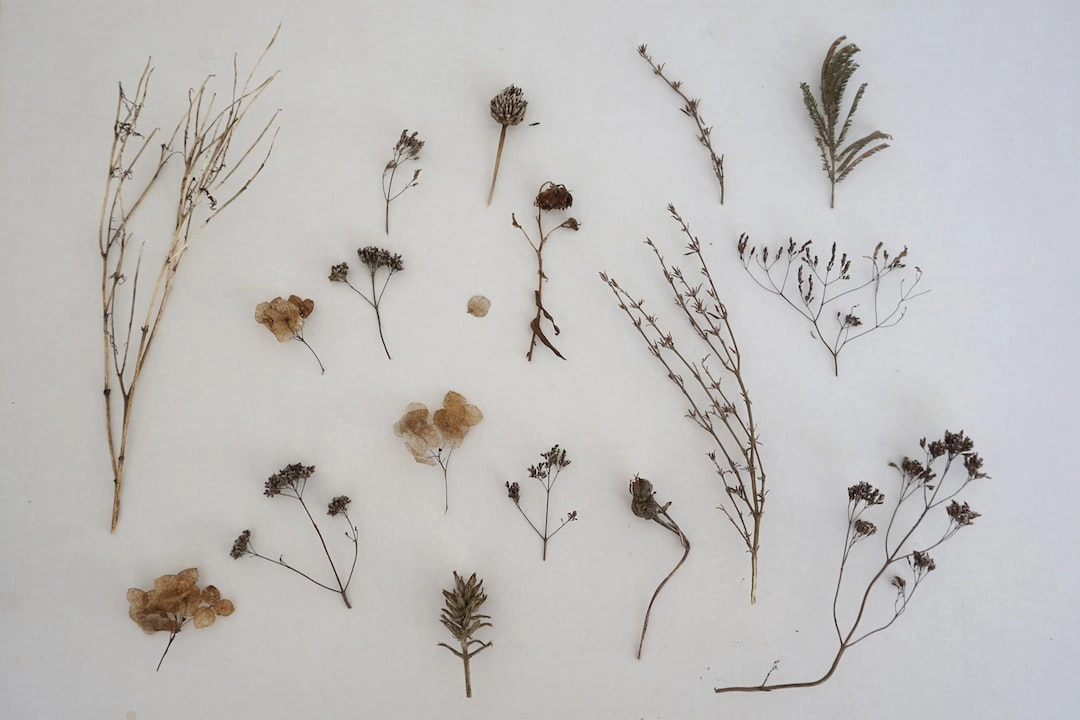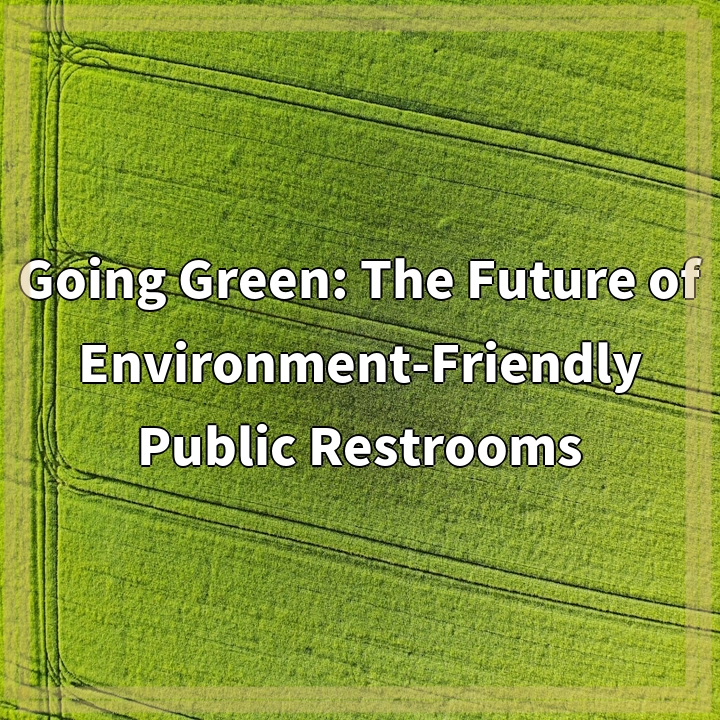
What is the Eco-friendly Revolution in Lacquer and Varnish?
Lacquer and varnish are commonly used finishes for wood, metal, and other materials, providing protection and enhancing their aesthetic appeal. The eco-friendly revolution in lacquer and varnish refers to the development and utilization of environmentally friendly alternatives to traditional lacquers and varnishes.
Real-World Problems Associated with Traditional Lacquers and Varnishes
Traditional lacquers and varnishes have long been used in various industries, but they come with several environmental concerns and real-world problems.
1. Volatile Organic Compounds (VOCs)
Traditional lacquers and varnishes often contain high levels of volatile organic compounds (VOCs). These VOCs contribute to air pollution and can have detrimental effects on human health when inhaled. They can cause respiratory issues, eye irritation, and even long-term health problems.
2. Hazardous Ingredients
Many traditional lacquer and varnish formulas contain toxic ingredients such as formaldehyde, toluene, and heavy metals like lead and mercury. These substances pose risks to both human health and the environment. Improper disposal of these products can contaminate soil and water sources, jeopardizing ecosystems.
3. Air Quality Impact
The application of traditional lacquers and varnishes releases significant amounts of VOCs into the air, contributing to poor air quality. Industries that heavily rely on lacquers and varnishes, such as furniture manufacturing or automotive refinishing, can have a significant impact on local air pollution levels.
4. Waste Generation
The production and disposal of traditional lacquers and varnishes generate significant amounts of waste. Their limited biodegradability and hazardous nature make them difficult to handle and manage effectively, resulting in environmental burdens.
Conclusion
The eco-friendly revolution in lacquer and varnish offers promising alternatives to minimize the environmental impact of these finishes. By addressing the issues associated with traditional lacquers and varnishes, these eco-friendly alternatives aim to reduce air pollution, eliminate toxic ingredients, and promote sustainable waste management practices.

Solutions to the Eco-friendly Revolution in Lacquer and Varnish
The eco-friendly revolution in lacquer and varnish presents several solutions to address the environmental concerns associated with traditional finishes. These solutions aim to provide safer and more sustainable alternatives for various industries.
1. Low or Zero VOC Formulas
One solution is the development and utilization of low or zero volatile organic compound (VOC) formulas. These eco-friendly lacquers and varnishes release minimal to no harmful air pollutants, reducing their impact on air quality and human health.
2. Non-Toxic Ingredients
To tackle the issue of hazardous ingredients, eco-friendly lacquer and varnish formulas are being created without toxic substances such as formaldehyde, toluene, lead, and mercury. This ensures that the finishes are safer for both users and the environment.
3. Water-Based Alternatives
Water-based lacquers and varnishes are becoming more prevalent as eco-friendly options. These formulations rely on water as a carrier rather than harmful solvents, significantly reducing VOC emissions and improving air quality.
4. Biodegradable and Sustainable Materials
Eco-friendly finishes are being produced using biodegradable and sustainable materials. These materials not only minimize waste generation but also promote more responsible and environmentally-conscious production and disposal practices.
5. Increased Awareness and Education
Raising awareness and educating industries and consumers about the benefits of eco-friendly lacquers and varnishes plays a vital role in promoting their adoption. By understanding the environmental impact of traditional finishes and the advantages of their eco-friendly counterparts, more individuals and businesses can make informed choices.
Conclusion
The eco-friendly revolution in lacquer and varnish brings forth innovative solutions to combat the environmental problems associated with traditional finishes. Through the use of low or zero VOC formulas, non-toxic ingredients, water-based alternatives, sustainable materials, and increased awareness, a more sustainable and environmentally conscious approach to lacquer and varnish application can be achieved.















